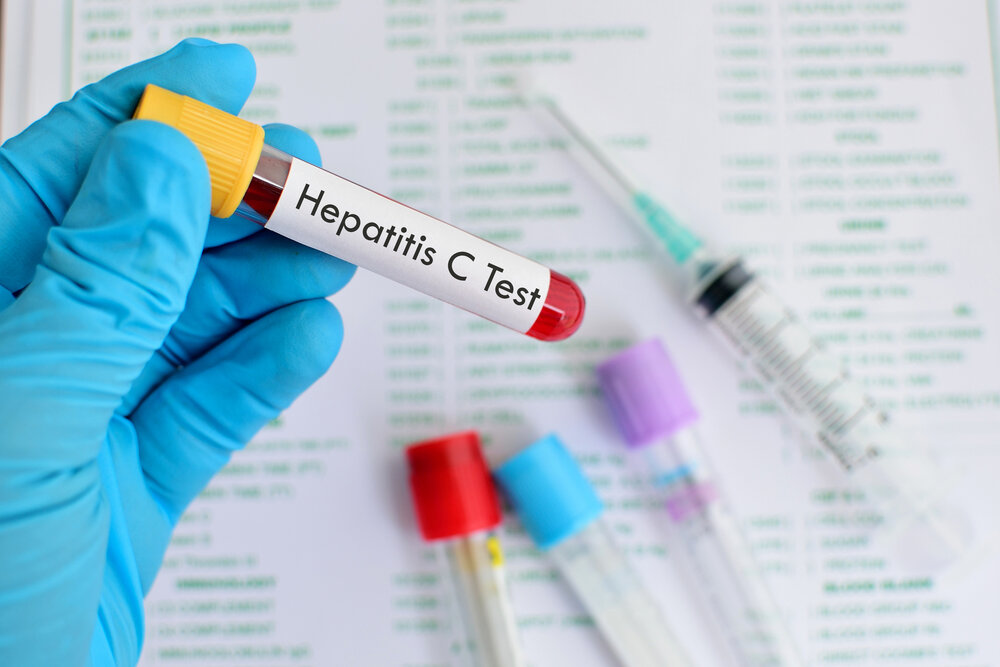Some 186,000 Iranians estimated to suffer from Hepatitis C

TEHRAN – It is estimated that about 186,000 Iranians suffer from hepatitis C, Tehran University of Medical Sciences professor Amir Anoushiravani said, Mehr reported on Thursday.
Now 30 percent of patients with hepatitis C are diagnosed nationwide and three percent of them are under treatment, he said.
According to the Global Strategy on Human Resources for Health: Workforce 2030 of the World Health Organization (WHO), Iran plans to increase the diagnosis of hepatitis C to 90 percent and its treatment to 80 percent, he added.
“Fortunately the disease can be cured by consuming Iranian medicine over the course of three months,” he noted.
In late May, the head of Iran’s Hepatitis Network, Seyyed Moayed Alavian announced that the Hepatitis C can be eradicated in Iran at the cost of just 2 trillion rials (about $47 million), and the sum is not high for the country.
In October 2017, Alavian said that “It is projected that within the framework of the broad plan for vaccination of barbers, street cleaners, working children, and prisoners against hepatitis, some 200,000 to 300,000 prisoners will receive vaccination against hepatitis B annually and those diagnosed with hepatitis C will also undergo treatments”.
According to the World Health Organization, hepatitis C is a liver disease caused by the hepatitis C virus. The virus can cause both acute and chronic hepatitis, ranging in severity from a mild illness lasting a few weeks to a serious, lifelong illness.
In June 2018, Iran’s Hepatitis Network named addiction as the main cause of hepatitis in Iran.
Although hepatitis C is more prevalent among addicts, prisoners and tattooed individuals are seen among those diagnosed with hepatitis C.
What is hepatitis C?
The hepatitis C virus is a blood-borne virus and the most common modes of infection are through exposure to small quantities of blood. This may happen through injection drug use, unsafe injection practices, unsafe health care, and the transfusion of unscreened blood and blood products.
Globally, an estimated 71 million people have chronic hepatitis C infection and a significant number of those who are chronically infected will develop cirrhosis or liver cancer.
Approximately 399,000 people die each year from hepatitis C, mostly from cirrhosis and hepatocellular carcinoma.
Antiviral medicines can cure more than 95 percent of persons with hepatitis C infection, thereby reducing the risk of death from liver cancer and cirrhosis, but access to diagnosis and treatment is low.
SB/MG
